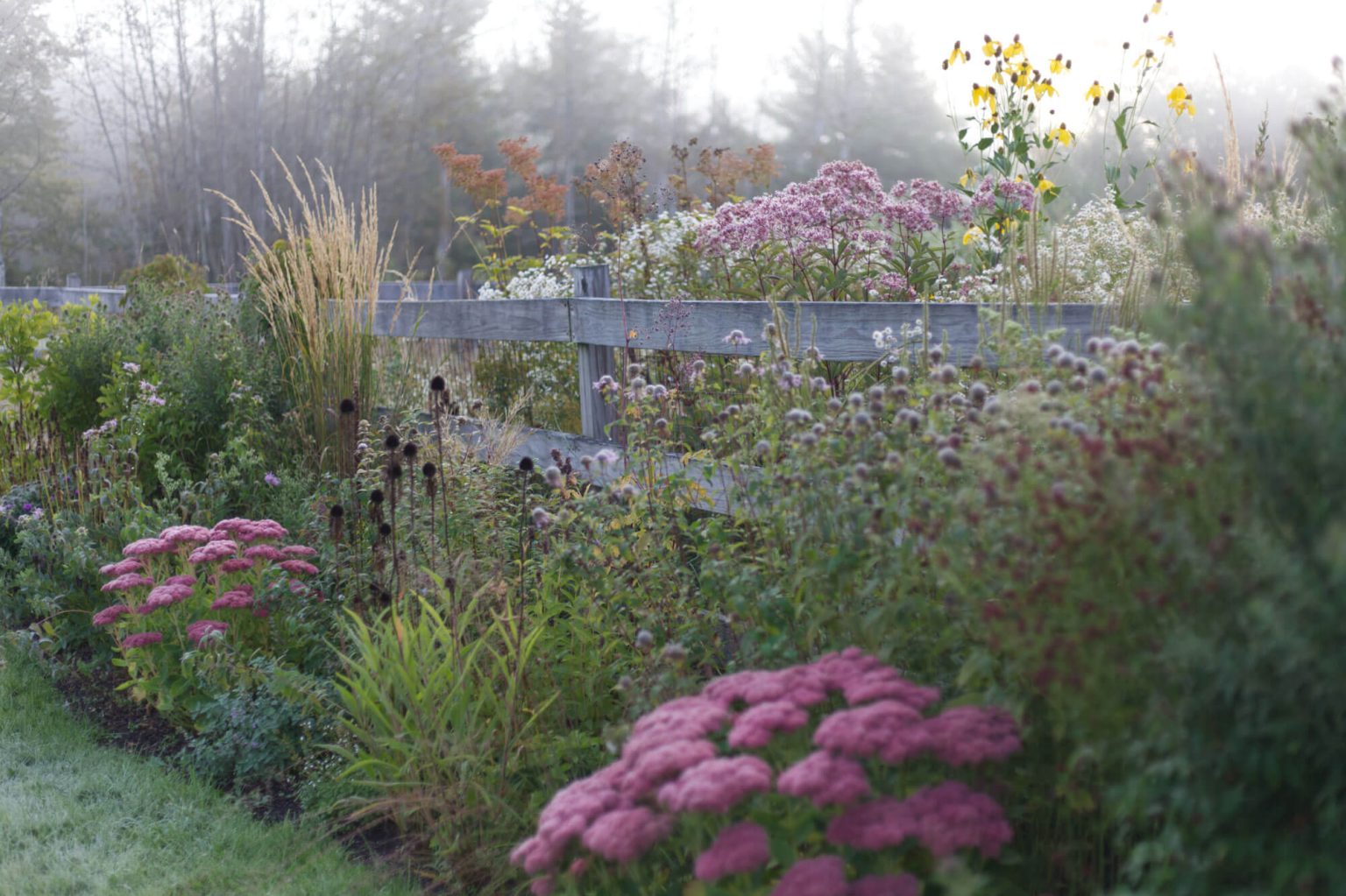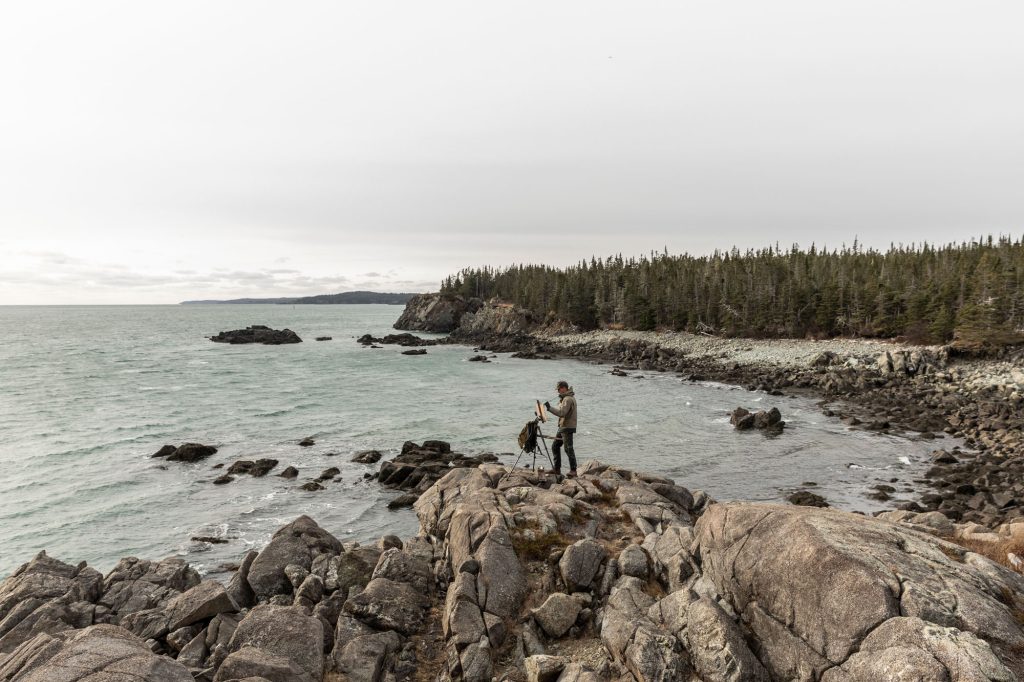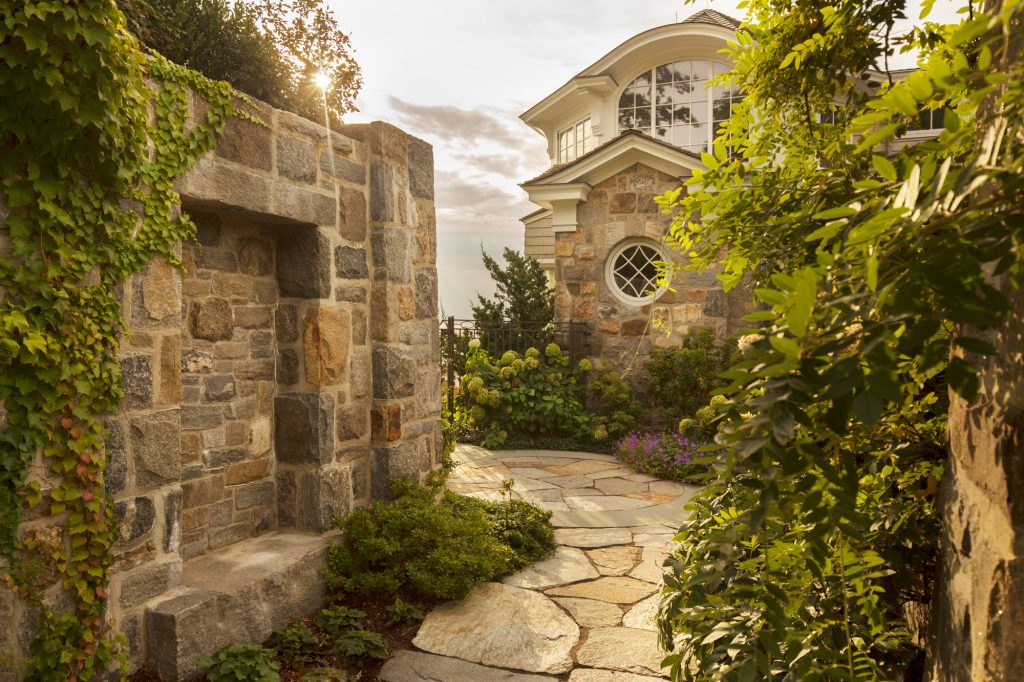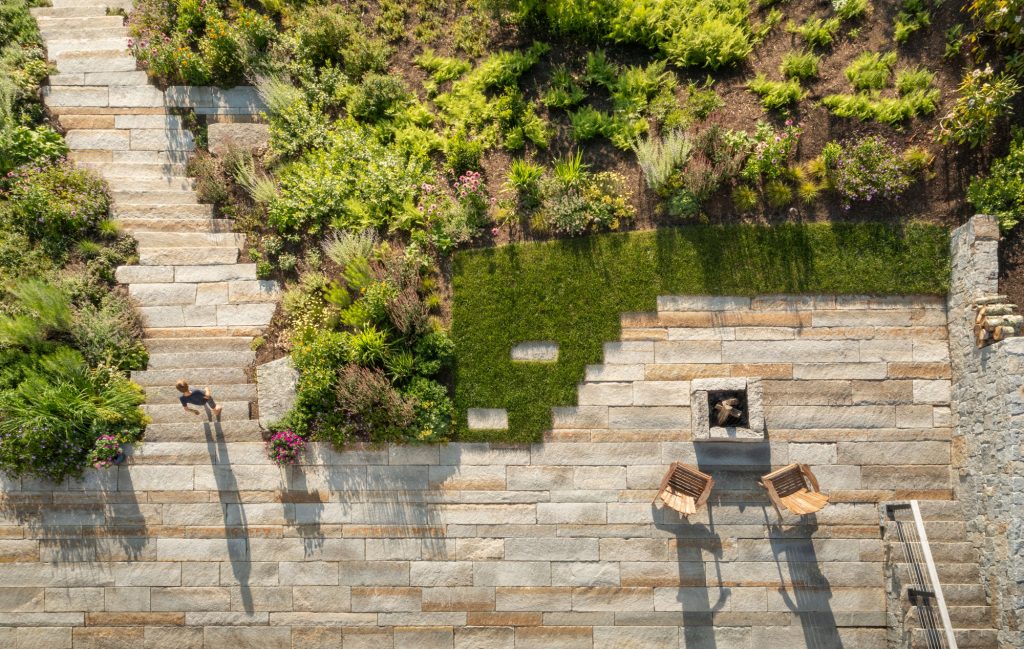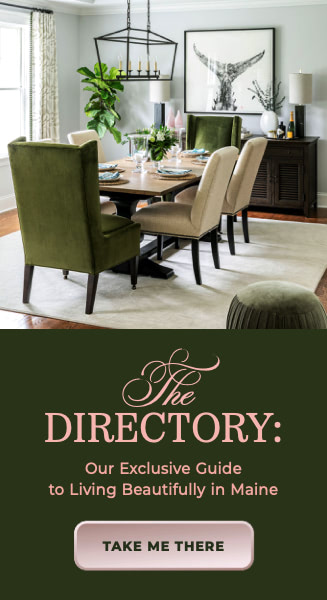Landscape designer Caleb Fuller Davis doesn’t want you to see his work. “Landscape serves as the transition from a building to the natural world,” he explains. “It should be an intentional experience, but the hand of the designer should be almost invisible.” Through Songscape, Davis’ Bar Harbor landscape and design studio, he brings his hand to shaping environments that create dialogs between buildings and nature, between people and the land, and between the present and the future.
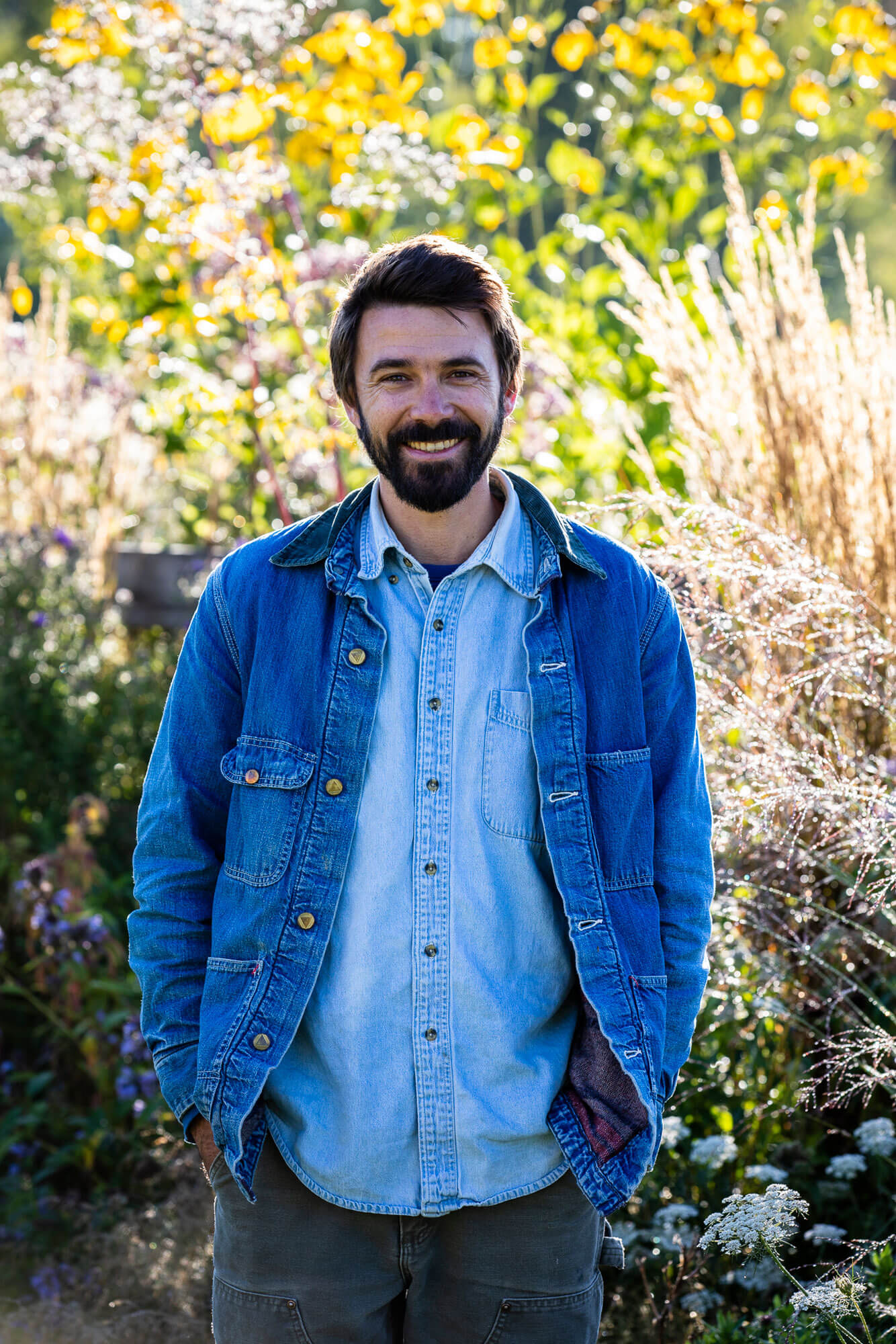
Born and raised in Maine, Davis has been designing gardens on Mount Desert Island for over two decades. Acadia National Park is a central feature of his community, and he believes that it informs a local commitment to conservation and respect for nature that he can translate into his work. He is careful about how he frames his work within the context and concept of sustainability, noting that it’s “an aspirational term.” Davis prefers to talk about design choices that support responsible living and allow his clients to minimize the resources required to install and maintain their outdoor spaces. “For example, it’s more responsible to enhance the existing qualities of a site than to import features. If a property has a weathered boulder or a structurally interesting oak tree, it’s more responsible to frame it within a design than to replace it.” He is constantly thinking about the resources required to do the work and what maintenance it will demand.
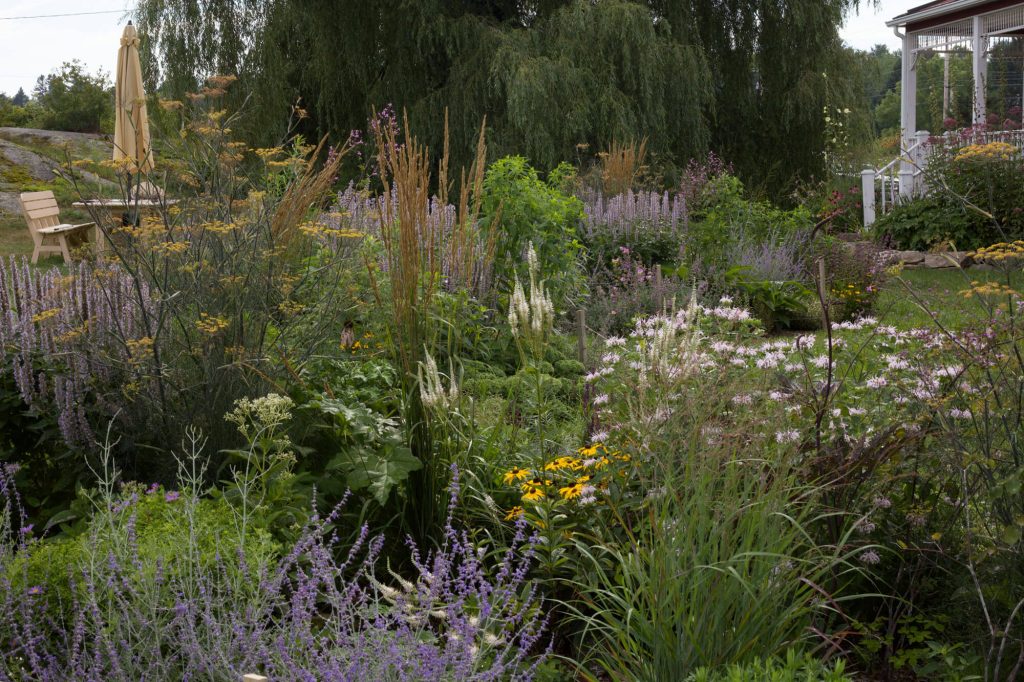
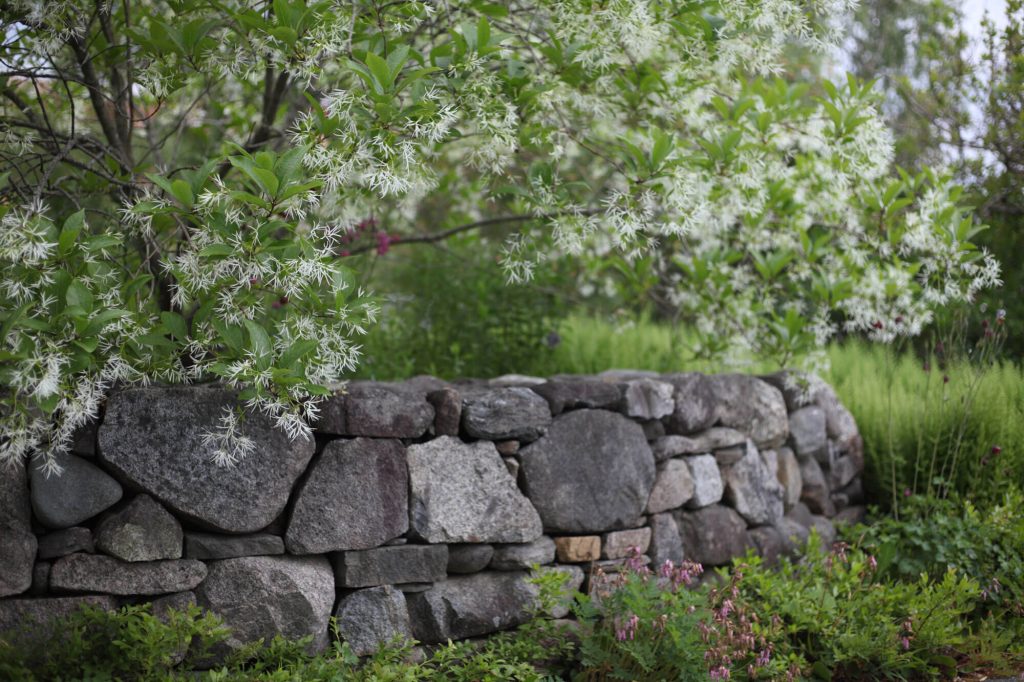
All of this points directly to Davis’ focus on cultivating plant communities that thrive as part of the local ecology. He selects native species of trees, shrubs, grasses, and perennials and puts them to work as intentional design elements. “The plant diversity in the world is much larger than what we can get our hands on through most commercial nurseries, so we rely a lot on micro-nurseries.” One such source is Chickadee Hill Flowers, a small flower farm run by Davis’ partner, Emily Henry. Together, they experiment with propagating variants of wild plants, such as Blue vervain and Foxtail barley.
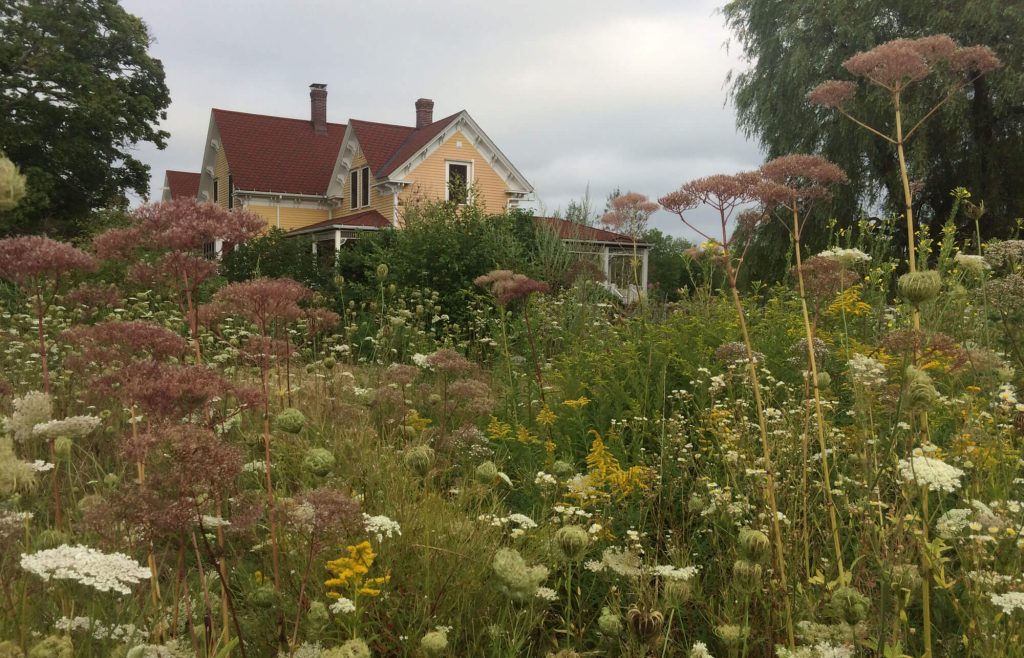
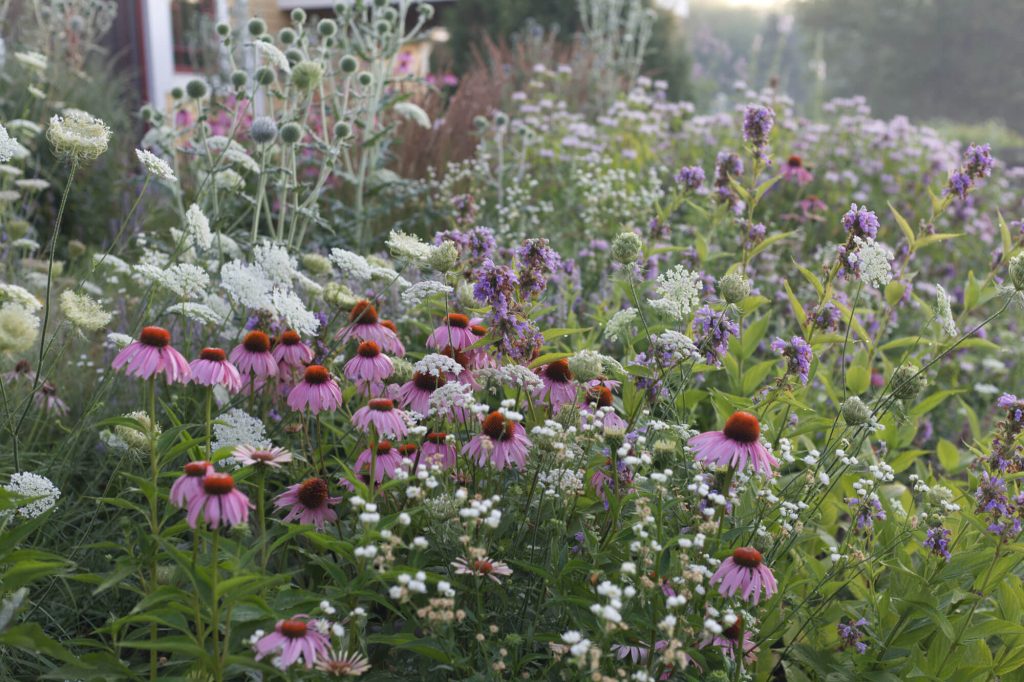
Sloping yard dotted with emerging unplanted wildflowers including Valeriana officinalis and Daucus carota.
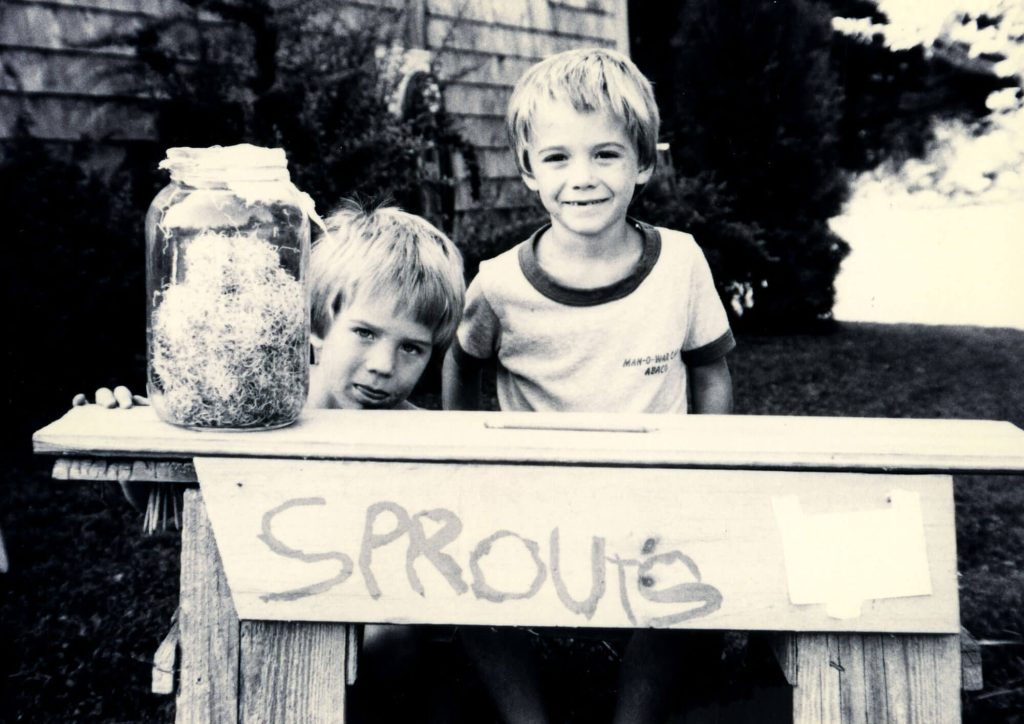
Davis’ work is about relationships between the varying elements and needs of any project and client. Native plants are happiest when they’re planted where they belong, but clients need a garden that won’t be consumed by MDI’s deer population. Families often want a relatively tick-free area, but lawns can leave a heavy carbon footprint and are not natural-looking. It has to look as good from the street as from the living room. Landscape design is, by definition, an intentionally created environment, but the goal is an experience that looks and feels as if it were not curated. As such, Davis likes to take his time to observe a site, understand the needs of the homeowners, and to consider the implicit communities of plants, animals, insects, and soil already living there. “It takes time to come up with a design that works with all these realities,” he says. “We work hard to understand a place’s individual ecologies and systems and make them central to the design.”
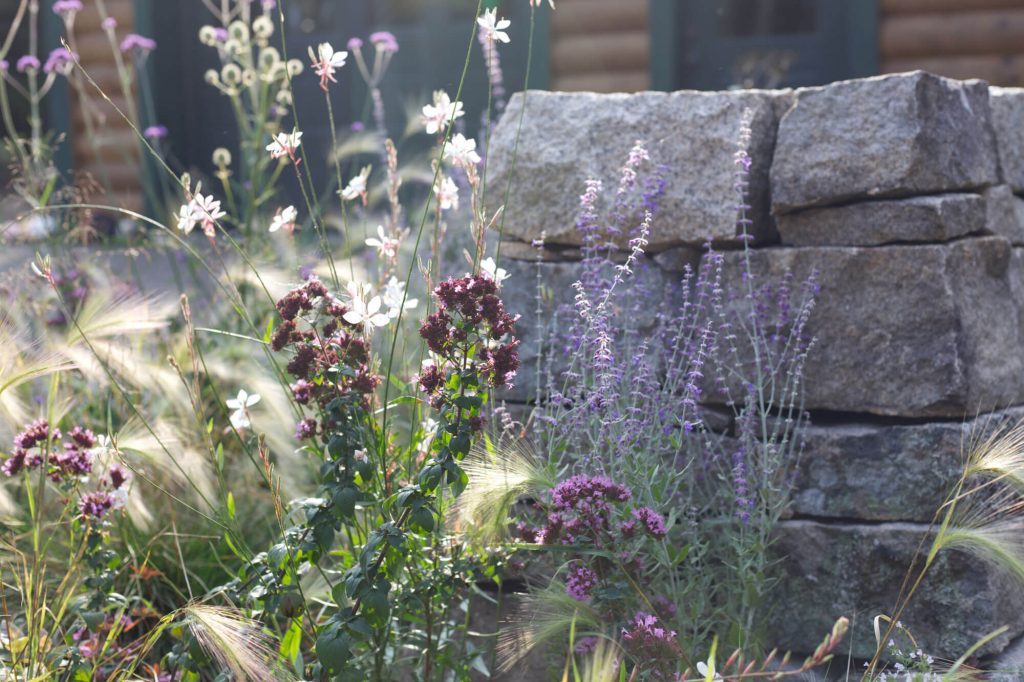
Acts of creation require effort, but making them look effortless requires the most effort of all. The challenge is compounded when the maker is driven by a commitment to altering the values of a culture long-captivated by the idea of gardens as manicured, finished spaces. With his work, Davis communicates that gardens are dynamic, changing, living organisms that can reconnect humanity with the regenerative magic of plant ecology.
